
How to Find the Best LTL Shipping Rates
Reducing LTL shipping rates is key to lowering overall operational costs. Here are seven tips to help.
Move everything over the road more optimally with the industry’s most powerful planning algorithm
Most complete and connected over-the-road network for LTL, parcel, 3PL, Truckload carriers
Best-in-class packing and shipping for faster fulfillment with fewer errors and less labor
Integration software that quickly connects your business to customers, carriers, partners
Pre-integrated access to ERP and financial applications like NetSuite, Acumatica, or IFS
Pre-integrated access to popular applications, industry specialists, and value-add services
Unlock expert tips and cutting-edge strategies that help shippers, 3PLs, and brokers streamline logistics, reduce costs, and stay ahead in a dynamic logistics industry
Discover real-world success stories where innovative leaders have revolutionized their logistics with 3G’s powerful solutions
Get the latest updates and breakthroughs from 3G, and see how we’re driving the future of shipping and transportation management
Connect with industry experts and peers at events, where you’ll gain the knowledge and insights needed to lead in logistics

Reducing LTL shipping rates is key to lowering overall operational costs. Here are seven tips to help.

Reshoring manufacturing is completely transforming the logistics landscape. Here’s what to know.

Investing in shipping software can have the highest ROI of any improvements to your warehouse.
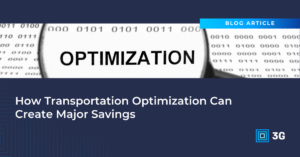
Transportation optimization is critical for major savings in your business. Here are four tips to help.
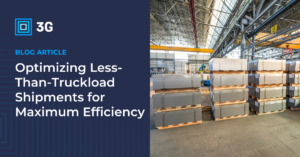
LTL optimization is critical for making the most of this cost-saving shipping mode. Here are four tips to help.

Multi-carrier shipping software is crucial for succeeding in today’s logistics market. Here are five ways it can help.

Summer shipping isn’t all sunshine and rainbows. Here are the unique challenges to watch out for — and how to overcome them.
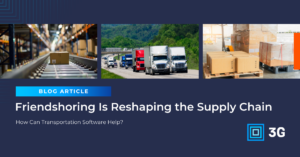
Friendshoring has the potential to dramatically alter the fulfillment landscape. Is your company prepared?
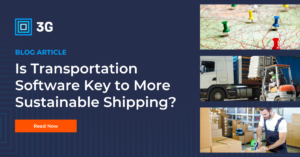
Is sustainable shipping achievable with today’s technology? Here’s how transportation software can help.
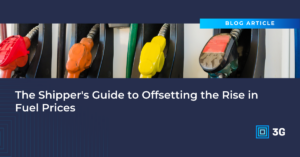
The rise in fuel prices is impacting shipping costs around the world. Here’s how to offset your operational expenses.